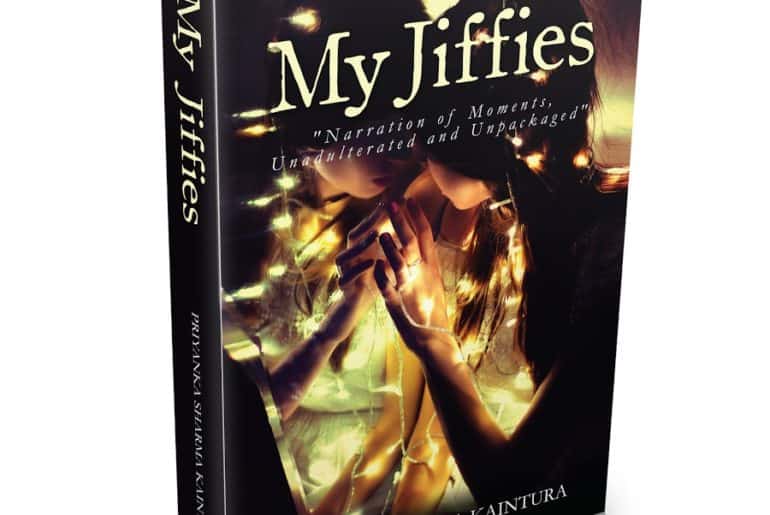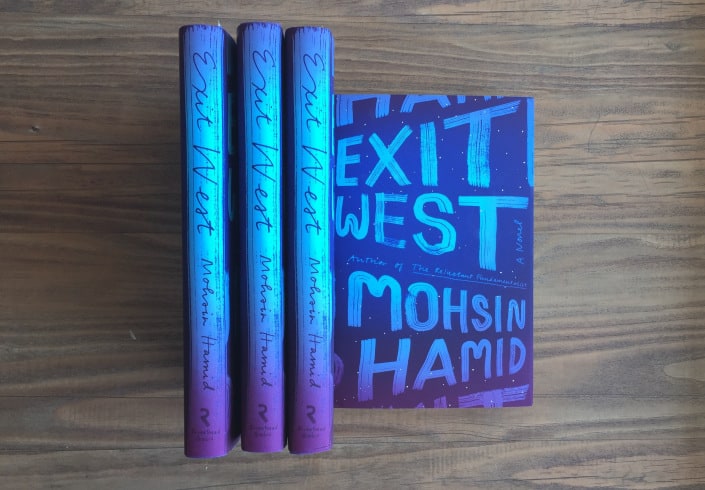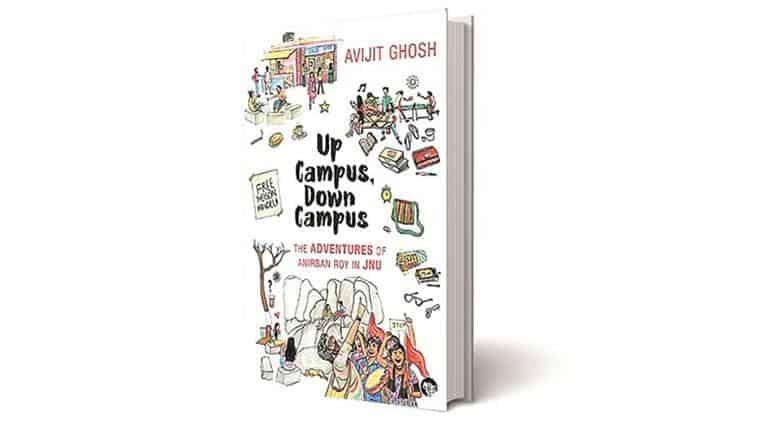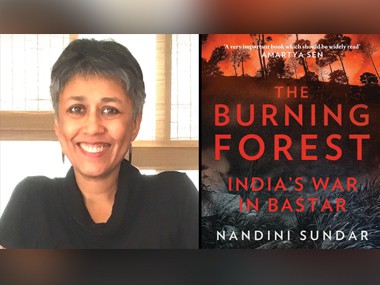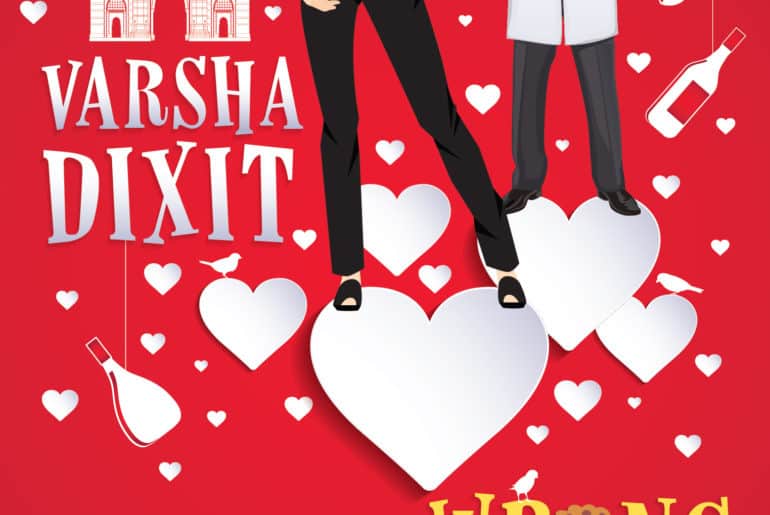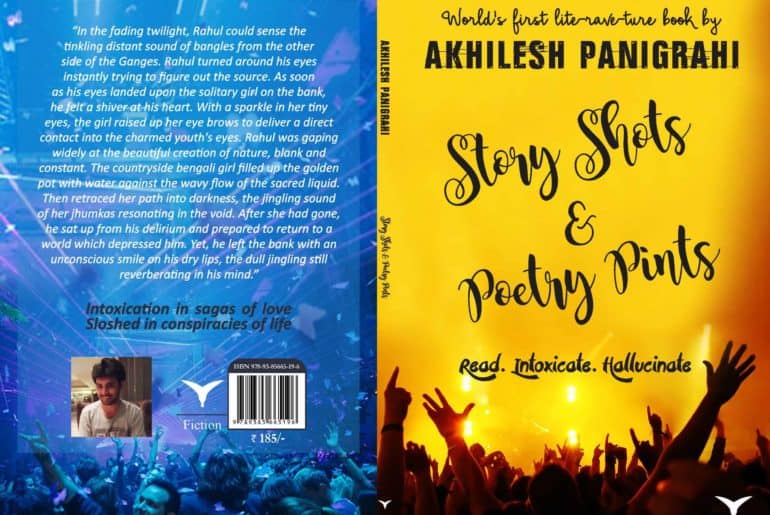The beauty of some moments lies in the fact at how short lived they are.
These fleeting moments are interspersed by complex emotions making it really difficult to put it into words. However Priyanka Sharma Kaintura deals with these emotions with a lot of subtlety leaving the readers wanting for more.
An amalgamation of bite sized stories and poems; this book is divided into seven different parts. Each part explores the different moods of the author. The first part titled ‘Orations’ has diverse range of really short stories or experiences ranging from mythology to partition of India. One such article titled ‘What Makes Shiva So Desirable’ really stood out for me where the author in around three hundred words tries to understand what exactly it is about Shiva that attracts everyone to him. In this manner the author takes stories and ideas from around us that are hugely popular and connects it to our day to day life and experiences.
The second part of the book titled ‘Eclogues’ is a compilation of poems. These poems seem to convey experiences and emotions that are close to the author’s heart. They string together a beautiful tale of author’s dreams, aspirations, desires and her unspoken thoughts. The next part of the book titled ‘Monologues and Dialogues’ explores short conversations on diverse topics that give the readers a food for thought. The fourth part of the book contains some really short stories. The fifth and the sixth part of the book are divided according to the moods of the author and are titled ‘Pathos’ and ‘Satire and Sarcasm’. While the last part of the book ‘Life Aphorisms and Epigrams’ deals with complexities of life in around four or five line poems.
This compilation of stories, poems, ideas and opinions are a kind of personal reflections by the author on a diverse range of issues. This book closely reminded me of Paulo Coelho’s ‘Like the Flowing River’ which also followed a similar format. Though in some stories Priyanka Sharma Kaintura fails to engross the readers, she manages to tighten the grip on her audience in other parts of the book. These recollections by the author will put you in her shoes and help you to understand life through her eyes. This book leaves one contemplating about the mundane things that should be appreciated but usually go unnoticed in the hustle bustle of life. Although few stories fail to resonate, it is not difficult to find a lot of other stories and poems that are sure to strike a chord. The author at various occasions articulately conveys a nexus of emotions leaving the readers much to think about. I would recommend this book to anyone who wants to unravel some mysteries of human life.
Image Credits: YouTube
Anukriti Mishra
[email protected]

